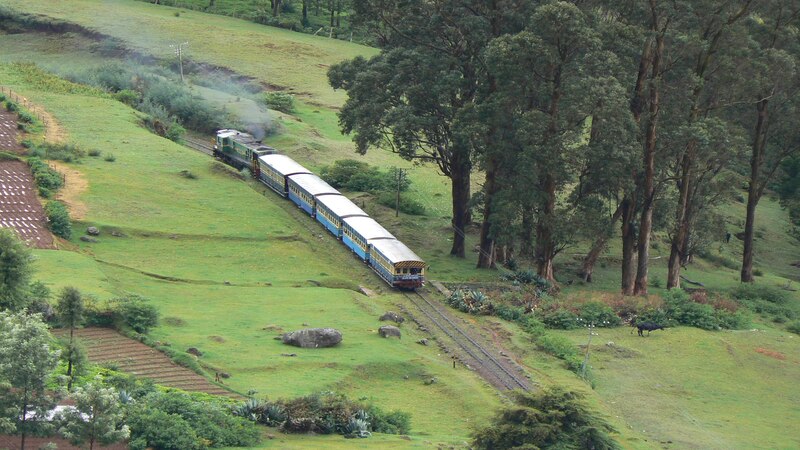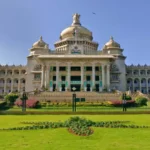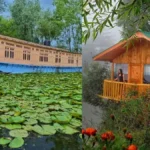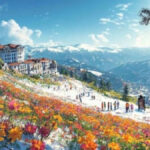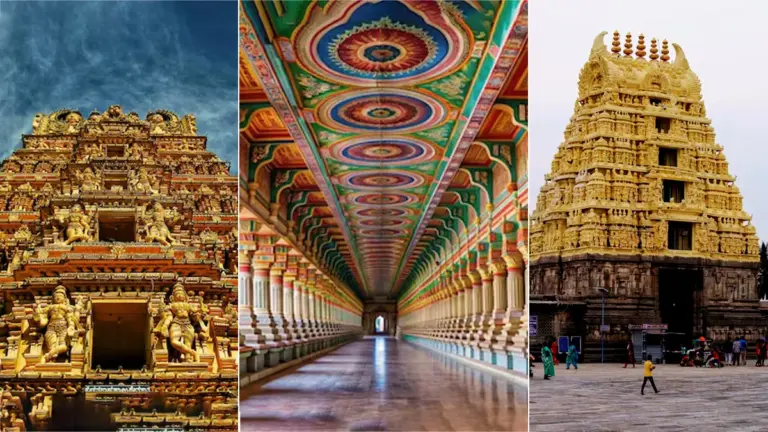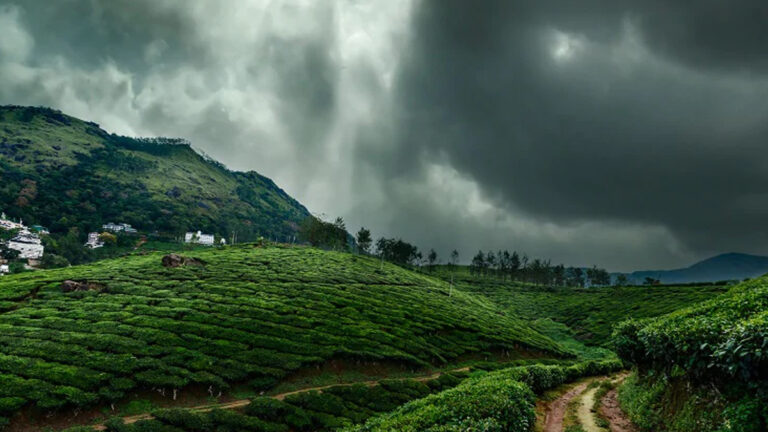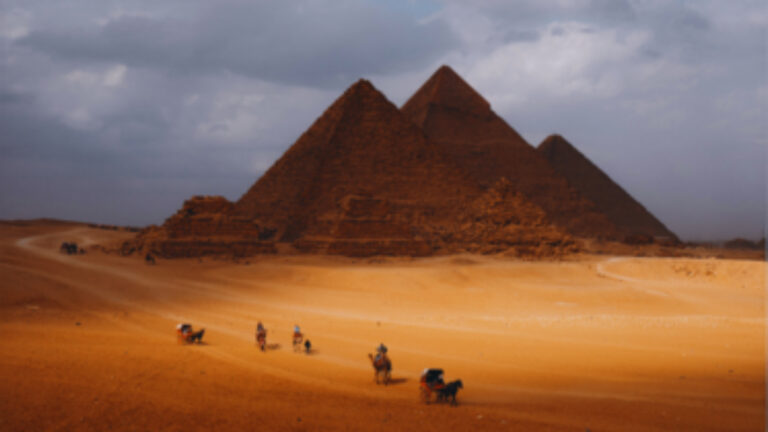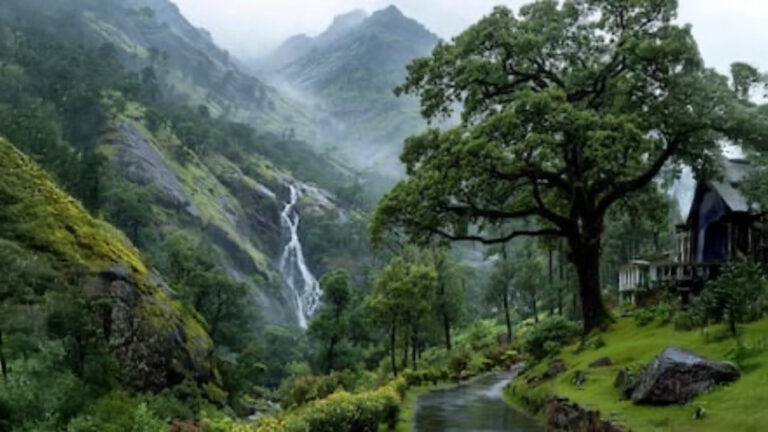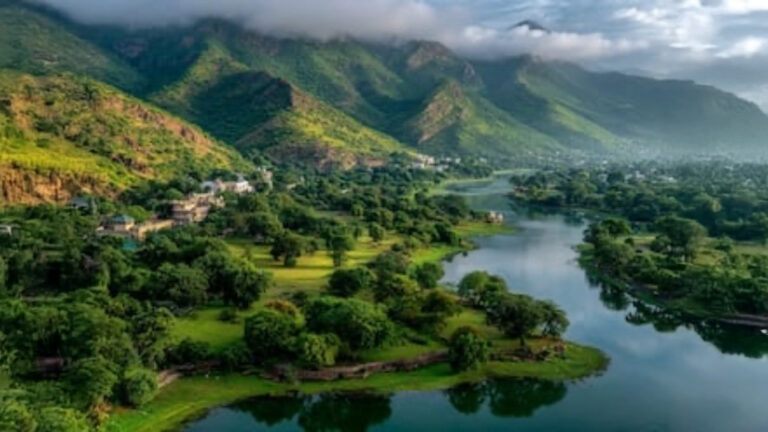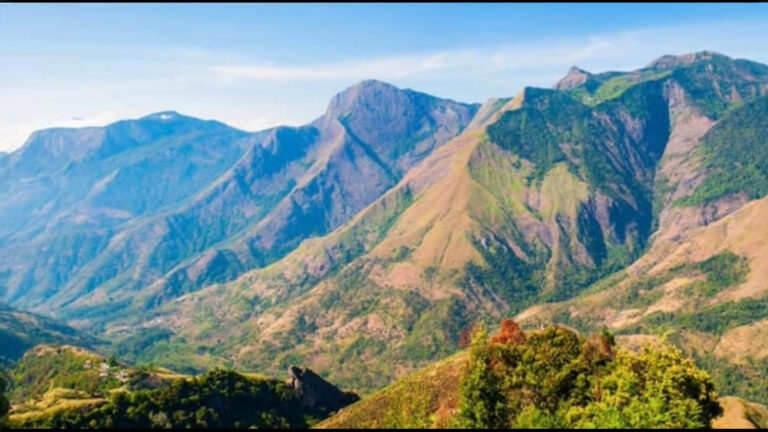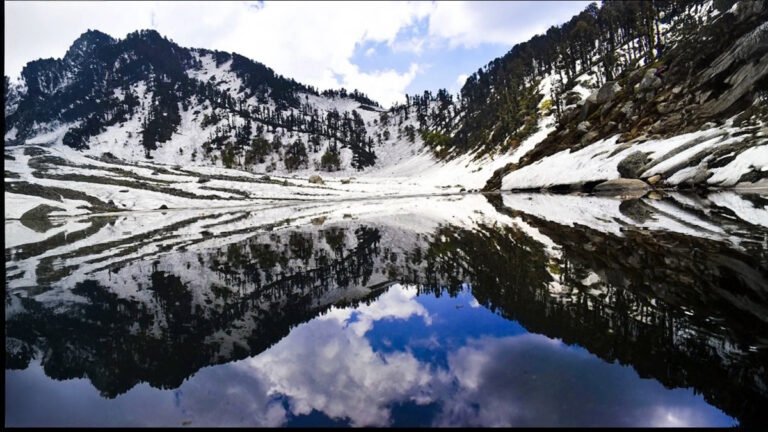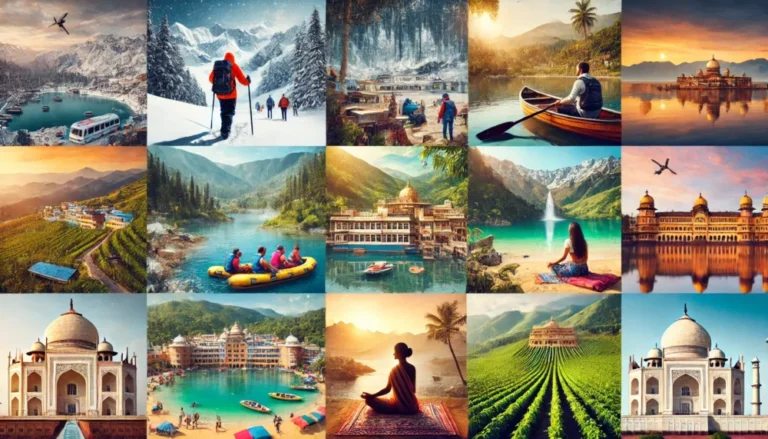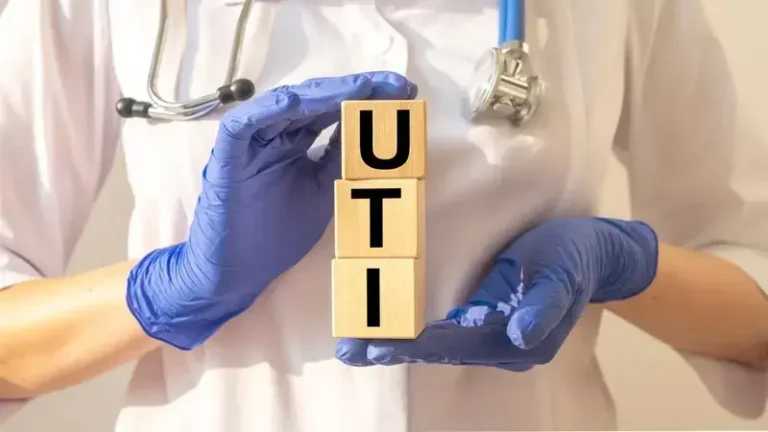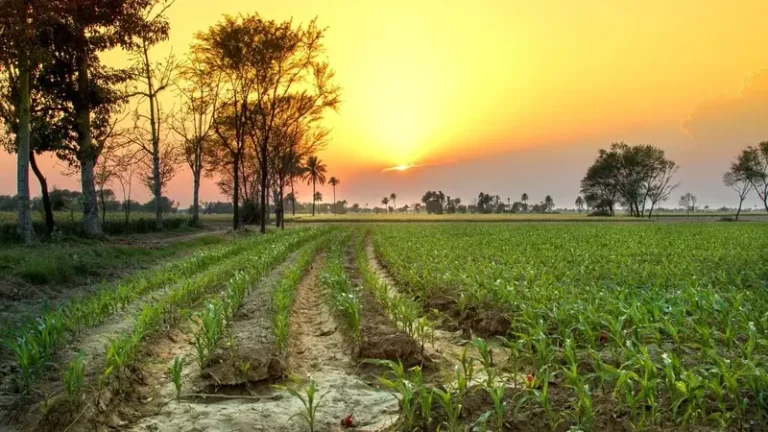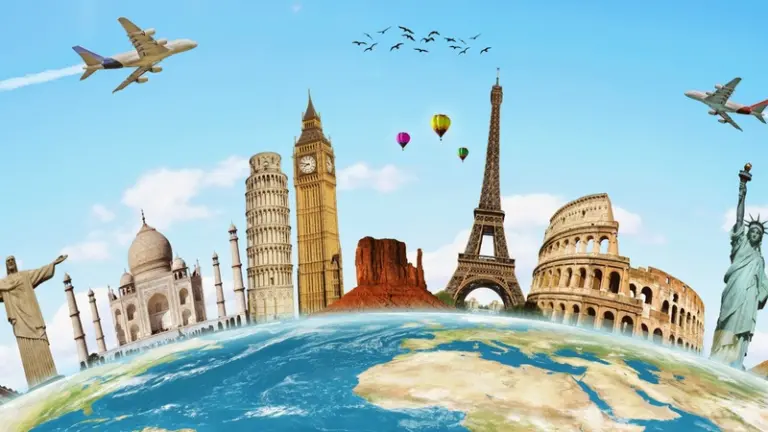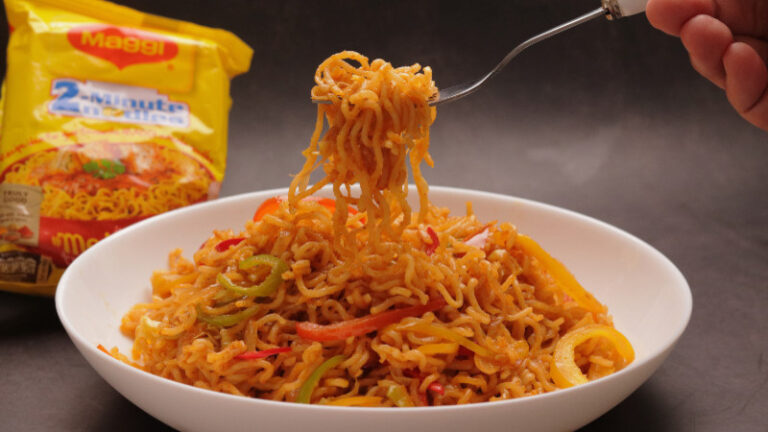Slowest train journey: The Nilgiri Mountain Railway is only used for the pure enjoyment of travelling on a train over 16 tunnels, 250 bridges, and 208 serpentine curves. Nobody uses it to get from point A to point B. It is famous as the slowest train in India.
Although though the Indian box office debut of the Bollywood film Dil Se was unimpressive, one of the song scenes from the film is still a fan favourite today, 25 years later. Not only is Chaiyya Chaiyya noteworthy for its catchy music, but it was also totally filmed on top of a speeding train. The slow-moving train chugged by tea estates and steep viaducts while Bollywood star Shah Rukh Khan pranced around with a troupe of support dancers, steam pouring from the vintage engine.
The Nilgiri Mountain Railway, often known as NMR or more affectionately as the “toy train,” or the slowest train in India is a beautiful illustration of the adage that the journey is the goal (Nilgiri translates to “blue mountain” after the bluish colour the sun throws on the slopes).
This is the slowest train in India when it passes through the state of Tamil Nadu because of the extraordinarily steep grade. From the village of Mettupalayam in the Nilgiri foothills up to the hill town of Udhagamandalam—which the Brits abbreviated to Ootacamund and the Indians shortened to Ooty—takes approximately five hours to travel. Although the downhill ride return saves an hour, travelling by road only requires a portion of that time.
Evidently, nobody uses the NMR to get from point A to point B; instead, they use it for the pure enjoyment of riding on a train that traverses 16 tunnels, 250 bridges, and 208 sharp bends while traversing the Western Ghats, a Unesco World Heritage site known for its abundant biodiversity.
I boarded the blue train at Ooty on a cold morning with a first-class ticket that cost Rs 600 (approximately £6), anxious to experience this classic Nilgiris experience. A second-class ticket costs less than half as much but does not include the minimal padding on the seats.
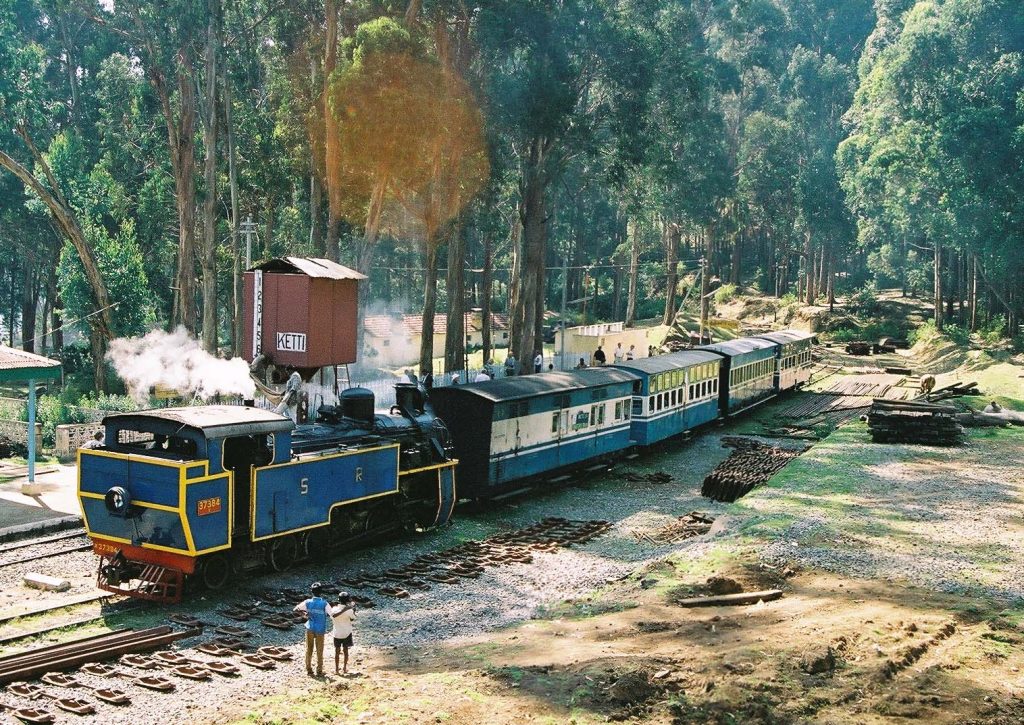
When you get into the train, it is like you enter another dimension
The railway’s operator, Southern Railway, senior public relations officer D Om Prakash Narayan, once told, “Getting on the train is like entering another universe.”
As you will get on the little coach, you will understand what he meant. In anticipation of the promised vistas of the Nilgiris, families with children gathered around the boxy windows. You can notice everyone in a festive mood and there is a noticeable sense of enthusiasm among the passengers. When the train passes through dim tunnels, everyone cheers and applauds
One of India’s oldest hill stations, Ooty is still a favourite among Indian visitors seeking a cool getaway or a honeymoon. These cities at higher altitudes were the British Raj’s summer refuge when they sought to escape the oppressive heat of the lowlands. It is now a bustling little town with traces of colonialism buried beneath the turmoil of modern India. Yet, as we departed Ooty, stations with names like Lovedale, Wellington, Adderly, and Runnymede started to appear that served as a constant reminder of the British Empire.
Sharanya Sitaraman, a recent passenger on this train with her family, remarked that everything felt unaltered from the British era and that it appeared as though time had stood still. At these little stations, “we nearly imagined European ladies wearing elaborate hats stepping off the train.”
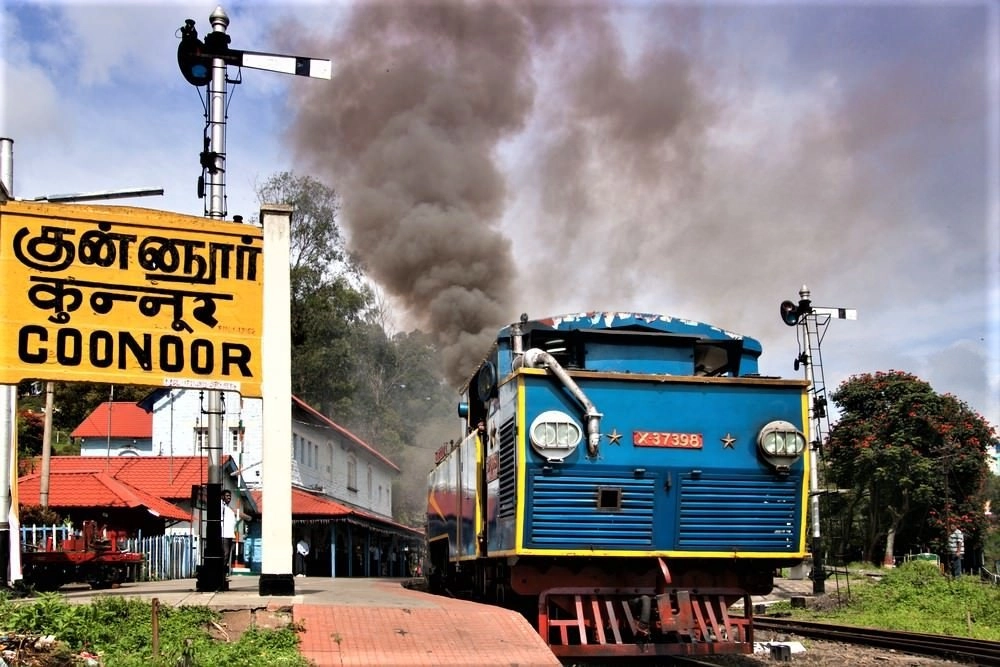
At these little stations, we could almost see European women wearing elaborate hats stepping off the train
People on this train still see the same sights that individuals saw more than 100 years ago. The remarks are by senior journalist D Radhakrishnan, who covered the Nilgiris region for decades.
Narayan, a more than 30-year railroad veteran, concurs: “Ooty and Coonoor have had their natural resources plundered in the name of development. You can see this when you go by road. But, when you ride this train, it seems as though nothing has changed.
We passed tea estates with employees hunched over the leaves and monsoon-inspired waterfalls. I continued to lean out of the window to see the train’s ominous bends and curves. I kept an eye out for any stray elephants or gaurs (Indian bison) hiding in the underbrush. People were constantly stepping off to stretch their legs and snap pictures at the numerous stations along the route. The train’s stop at Coonoor was significantly longer, allowing it to switch from a diesel engine. It is used for the ride’s up until this point, largely flat terrain. It is to a steam locomotive, which had more power on the hills.
I was nearly asleep due to the peaceful surroundings and the train’s soothing rolling. I refuelled at one of the water breaks with piping-hot tea and masala vada (spicy fritters). These are essentials for any train journey in India.
Experience of a journalist:
Subha J. Rao, a journalist residing in Mangalore who was up in the plains close to Mettupalayam. She recalls the train ride from her youth as being similarly peaceful. She added, “We could actually get off and walk with the train. Even with all the soot and smoke from the steam engine, as children, we just liked the experience. As adults, we now discuss the romanticism of train travel.
Various trains:
The Darjeeling Himalayan Railway in West Bengal, the Kalka Shimla Railway in northern Himachal Pradesh, and the Nilgiri Mountain Railway are all included in Unesco’s Mountain Railways of India World Heritage listing. They were all created by the Brits in order to provide easy access to cooler climates during the scorching summers. But, Radhakrishnan was quick to clarify, “The railways were built solely for their convenience, not for the benefit of Indians. They would have brought it home if they could have.”
Despite the goals, it was quite difficult to design this path on the hazardous hill terrain. According to Unesco, “This railway represented the most advanced technology at the time, ascending a height of 326m to 2,203m.” To utilize the portion between Kallar and Coonoor, it has a gradient so steep that a special rack and pinion gear, according to Narayan.
The coach’s toothed wheel (pinion) is gripped by an additional rail with pointed teeth in the centre of the tracks (rack). It is present to prevent slipping and sliding.
It was created by the first Swiss engineering group that the British had contracted to oversee the design and construction. Aside from the NMR, only a few other Swiss railway lines still use this design, which is still functional today.
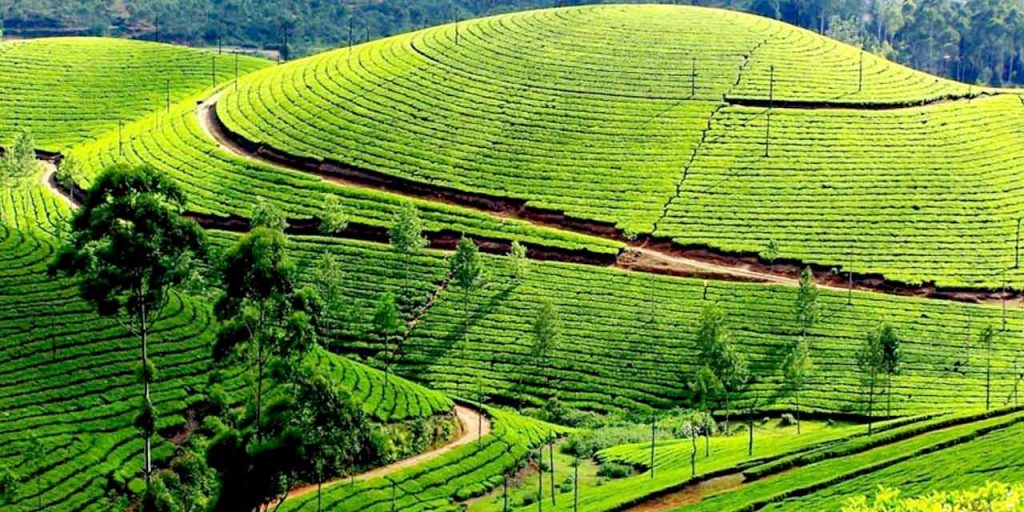
It has been 115 years since the train first ran since construction on the rail line began in 1891 and took 17 years to finish. In 2023, Ooty will mark a significant milestone. It has been precisely 200 years since British official John Sullivan discovered this affluent hamlet in the hills. He added it to the growing list of Raj summer resorts. In other words, for more than half of Ooty’s history, the NMR has been a part of the town.

